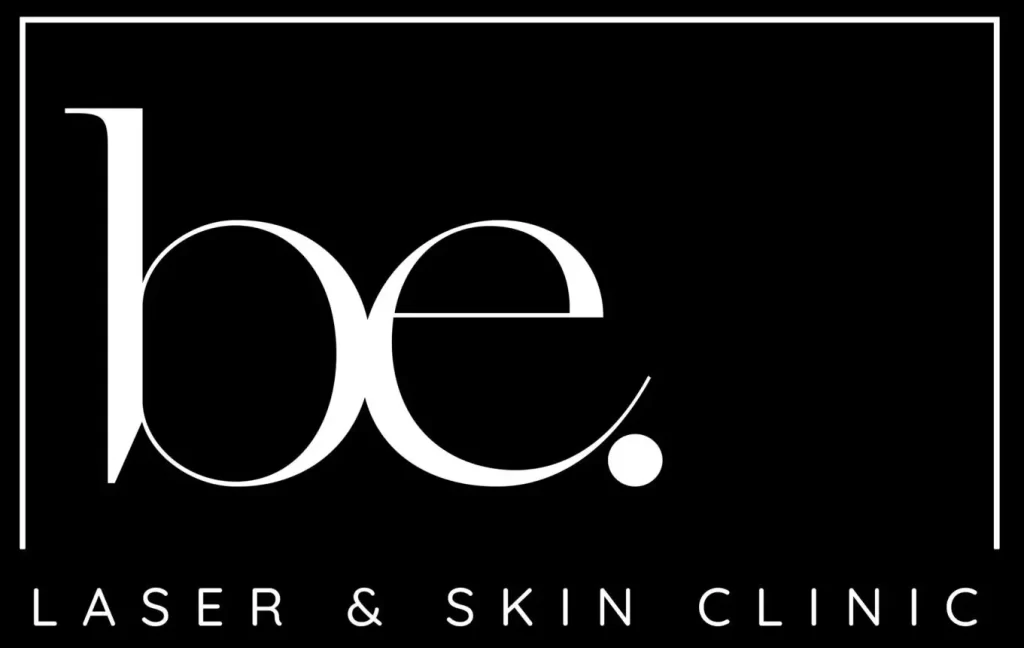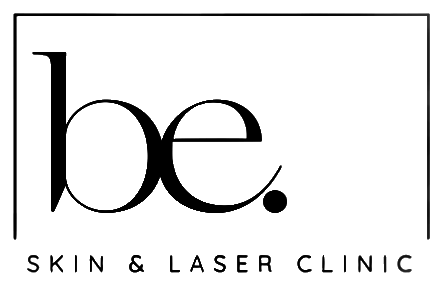Are you tired of endlessly battling unwanted hair? Choosing between laser hair removal and electrolysis might just be the game-changer you’ve been searching for. While laser hair removal promises swift results for those with darker hair and lighter skin, electrolysis offers a permanent solution suitable for all skin and hair types. This blog dives into each method’s mechanics, benefits, and drawbacks. By the end, you’ll be equipped with the knowledge to select the ideal hair removal technique tailored to your needs and preferences. Let’s navigate this path to confident skin health together.
Understanding Laser Hair Removal
Laser hair removal operates through the use of precise wavelengths of light, specifically designed to target the melanin in hair follicles. This advanced laser technology focuses on dark brown or black hair, making it highly effective for individuals with contrasting light skin and dark hair. Typically, 6 to 8 sessions are sufficient to achieve significant and long-lasting hair reduction, although occasional maintenance might still be necessary.
Benefits of Laser Hair Removal:
- Efficiency: Faster treatment times than electrolysis, covering larger areas in each session.
- Long-lasting Results: Significantly delays hair regrowth, resulting in finer and lighter hair.
- Reduced Effort: Minimises the need for frequent maintenance compared to traditional hair removal methods.
- Precision: Targets specific areas without affecting the surrounding skin, making it ideal for sensitive regions.
- Versatility: Newer laser models can treat darker skin tones, broadening their applicability.
While laser hair removal offers numerous benefits, it also carries potential side effects. These may include the development of light or dark spots, burning, scarring, and temporary swelling. Following post-treatment care instructions, such as avoiding sun exposure and using a high-SPF sunscreen, is crucial to mitigate these risks. Consulting with a qualified professional to ensure the correct settings for your skin type can further minimise adverse effects.
The Basics of Electrolysis Hair Removal
Electrolysis hair removal is a precise method that uses a thin metal probe to deliver an electrical pulse directly to each hair follicle. This electrical current effectively destroys the follicle, removing permanent hair over several treatments. Typically, individuals may require between 12 to 30 sessions to achieve optimal results. Electrolysis is universally effective for all hair and skin types and is particularly advantageous for treating sensitive areas, such as the face.
| Aspect | Details |
|---|---|
| Session Duration | 15 to 60 minutes per session |
| Effectiveness | Permanent hair removal after multiple sessions |
| Target Areas | All hair and skin types, effective on sensitive areas |
| Number of Sessions | 12 to 30 sessions for full results |
| Side Effects | Redness, pigmentation, swelling |
| Equipment Used | Thin metal probe delivering an electrical pulse |
Managing the side effects of electrolysis involves taking specific precautions both before and after treatment. Redness and swelling are common but typically temporary. To alleviate these, it is recommended to apply aloe vera or a gentle moisturiser to soothe the skin. Avoid exposure to harsh chemicals and sunlight, as these can exacerbate skin irritation. If pigmentation changes occur, consulting with a skin care professional can guide corrective measures to restore skin tone.
Comparing Laser and Electrolysis: Effectiveness and Cost

Laser hair removal and electrolysis are two prominent methods for reducing unwanted hair, each offering distinct advantages and limitations in effectiveness. Laser hair removal is known for its speed and efficiency, particularly effective for individuals with light skin and dark hair. It generally requires fewer sessions, typically 6 to 8, to achieve noticeable results. However, the results are not always permanent, necessitating occasional maintenance sessions. In contrast, electrolysis offers a more permanent solution by individually targeting each hair follicle. It is universally effective across all hair types and skin tones but demands more sessions—ranging from 12 to 30—and is more time-consuming.
Laser Hair Removal:
Pros:
- Faster treatment times, ideal for larger areas.
- Less discomfort during sessions.
- Long-lasting hair reduction without affecting the surrounding skin.
- It is effective for dark hair and lighter skin tones.
Cons:
- Requires maintenance sessions for sustained results.
- Less effective on lighter hair tones like blonde or grey.
- Potential side effects include skin sensitivity and pigmentation changes.
- It is not suitable for all skin types with older laser models.
Electrolysis:
Pros:
- Permanent hair removal solution.
- Effective on all hair colours and skin tones.
- Suitable for small areas and sensitive regions.
- No maintenance sessions are required once it is complete.
Cons:
- It is more time-consuming, especially for larger areas.
- It may cause discomfort, requiring numbing creams.
- A higher number of sessions is needed for full results.
- Potential side effects include redness and swelling.
When evaluating the costs and long-term value of laser versus electrolysis, laser hair removal sessions range from £45 to £400, depending on the treatment area and clinic location. While initially more expensive, the fewer sessions can make it a cost-effective option for larger areas. Electrolysis, on the other hand, costs between £40 and £200 per session. Although it involves more sessions, the permanent nature of the results can provide long-term value, particularly for those with lighter hair colours or small treatment areas. Choosing the two methods depends on individual needs, budget, and hair removal goals.
Which Hair Removal Method Is Right for Your Skin Type?
Laser hair removal is predominantly effective for those with light skin and dark hair. This method leverages specific wavelengths of light to target the melanin in hair follicles, which is more abundant in darker hair. As such, individuals with a contrast between their skin and hair colour can expect optimal results. However, laser hair removal tends to be less effective on lighter hair tones, such as blonde or grey, due to insufficient melanin for the laser to target effectively.
Electrolysis Suitability
Electrolysis is universally applicable across all hair colours and skin types. This method employs a thin metal probe to deliver an electrical pulse to each hair follicle, permanently destroying it. Whether you have light, dark, or grey hair, electrolysis can offer permanent hair removal results. Its precision makes it especially suitable for small or sensitive areas, including the face or around the eyes.
Managing skin sensitivity post-treatment is crucial for both laser and electrolysis methods. Patients may experience temporary redness, swelling, or changes in pigmentation. To reduce these effects, avoiding sun exposure and applying a high-SPF sunscreen is recommended. Additionally, soothing products such as aloe vera or gentle moisturisers can aid in calming the skin after treatment. Consulting with a skincare professional to tailor aftercare to your skin type can further enhance recovery and maintain skin health.
Pain Levels and Treatment Duration: What to Expect
Understanding the pain levels and treatment duration is essential when considering hair removal methods. Laser hair removal is generally regarded as less painful than electrolysis. The laser treatment involves short bursts of light that target the hair follicles, which can feel like a quick snap against the skin. The sessions are relatively quick, typically requiring 6 to 8 treatments to see significant results.
Conversely, electrolysis involves inserting a fine probe into each hair follicle and applying an electrical current, which can be more uncomfortable. This method requires 12 to 30 sessions, especially for larger areas. The discomfort can be more pronounced as each follicle is treated individually.
| Method | Session Duration | Pain Level |
|---|---|---|
| Laser Hair Removal | 6 to 8 sessions | Moderate |
| Electrolysis | 12 to 30 sessions | Higher |
Consider using a topical numbing cream to manage discomfort during treatments, particularly for electrolysis. These creams can significantly reduce the sensation felt during the procedure. Discussing pain management options with your practitioner before beginning the sessions is also beneficial. Staying hydrated, avoiding caffeine, and choosing the right timing for your appointment can further help ease any discomfort during the hair removal process.
Expert Opinions and User Testimonials

Dermatologists frequently advocate for laser hair removal, citing its practicality and efficiency as key benefits. This method is especially recommended for those with contrasting light skin and dark hair, balancing effectiveness and treatment duration. For instance, Dr. Farhang prefers using a diode laser, which is particularly effective on darker skin types. This choice allows for fewer sessions, providing a more convenient solution for patients seeking long-term hair reduction.
User Testimonials
Individuals who have undergone laser and electrolysis hair removal offer varied insights based on personal experiences. Many users express satisfaction with laser hair removal, appreciating its speed and reduced pain levels compared to electrolysis. However, some prefer electrolysis because it treats all hair colours and skin types, stating that the permanent results justify the longer treatment duration. Ultimately, the choice often hinges on individual hair and skin characteristics, as well as personal preferences regarding treatment time and pain tolerance.
Those considering either method should consult with a professional, such as Be. Laser & Skin Clinic Taunton is highly recommended. Their expertise can help tailor the treatment to specific needs, ensuring optimal results and addressing concerns related to skin type, hair colour, or potential side effects.
Final Words
Individual preferences, such as time, cost, and skin sensitivities, determine the choice between laser hair removal and electrolysis. Laser hair removal provides quicker outcomes with fewer sessions but may require maintenance. It suits those with darker hair and lighter skin. Conversely, electrolysis, though time-consuming, offers permanent results for all hair and skin types and excels in delicate areas.
Evaluating factors like effectiveness, pain levels, and expert opinions helps clarify the best method for personal needs. Embark on a path to confidence. Knowing the right choice enhances skin health and appearance.
FAQ
Is electrolysis hair removal painful?
Electrolysis hair removal can be more painful than laser treatments. Numbing creams are recommended to reduce discomfort during electrolysis sessions, especially for large areas. Individual pain tolerance also affects discomfort levels.
Which method is more effective for PCOS: electrolysis or laser hair removal?
For PCOS, electrolysis provides permanent hair removal for any hair type but requires more sessions. Laser is quicker and more effective on darker hair, but it may need maintenance sessions, particularly for hormonal growth like PCOS.
What are the costs of laser hair removal compared to electrolysis?
Laser hair removal sessions cost between $45 and $400, and electrolysis costs from $40 to $200. Laser is more cost-effective for larger areas, while electrolysis is thorough but requires more sessions, increasing the total cost.
Should I choose laser hair removal or electrolysis for my face?
Both methods can be effective for face hair removal, depending on hair type. Laser is quicker for dark hair, while electrolysis permanently removes all hair types but requires more sessions.
Is laser hair removal better for dark skin?
Laser hair removal can be effective on dark skin with the right laser type, like a diode laser. Electrolysis, however, is suitable for all skin tones, offering a universal alternative without concerns about specialised laser equipment.
What are the side effects of electrolysis hair removal?
Side effects of electrolysis may include redness, pigmentation, and swelling. Proper aftercare and choosing a skilled practitioner minimise these risks and ensure safe and effective treatment outcomes.
How long do the results of laser and electrolysis hair removal last?
Electrolysis offers permanent results, effectively removing hair after multiple sessions. Laser hair removal provides long-term hair reduction, requiring maintenance sessions for lasting results, especially on hormonally affected areas.




